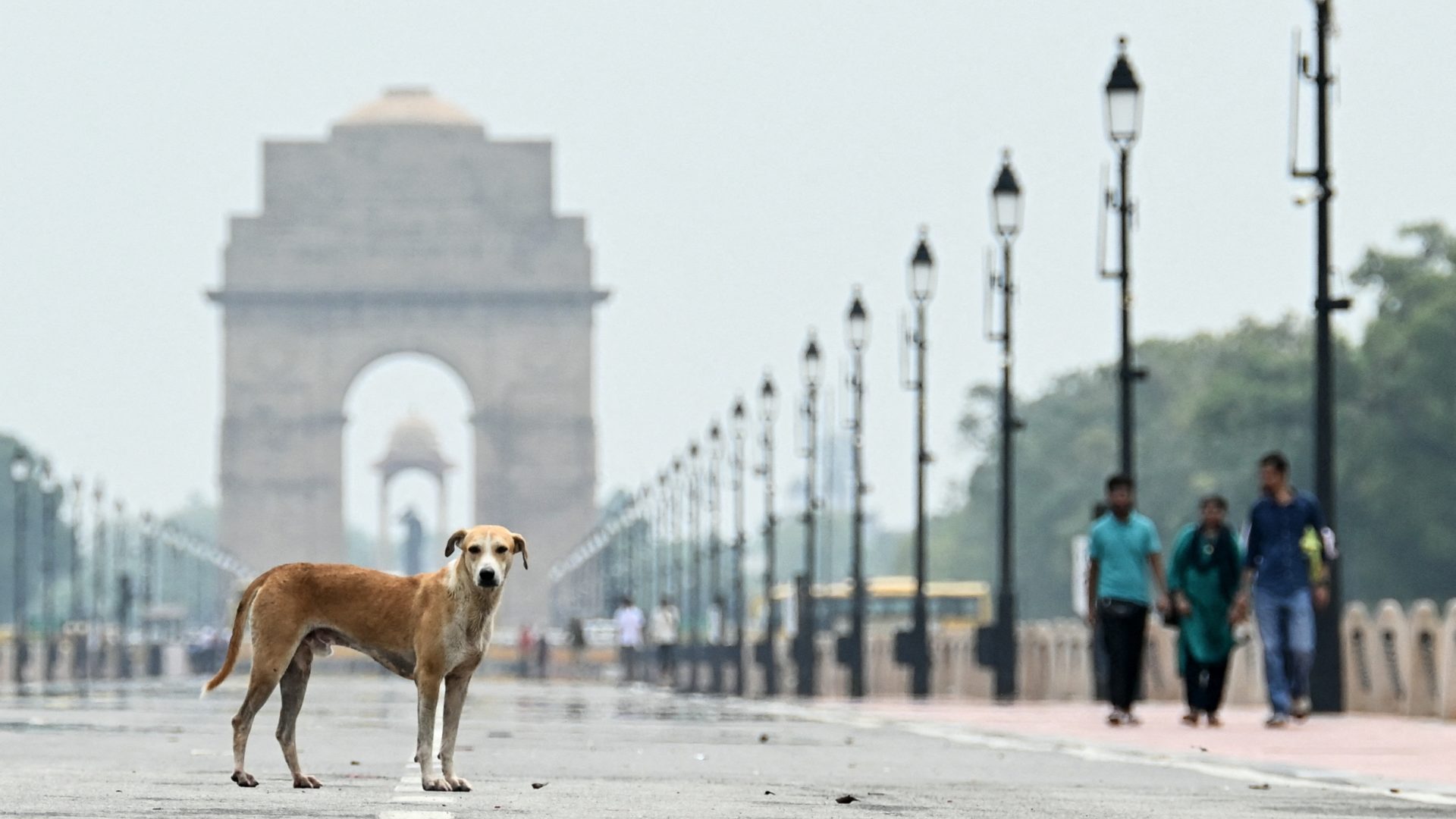Ankur Trivedi was returning home from work a little past midnight when three stray dogs decided to have an intense staring contest with him. What began as an unfriendly confrontation over who blinks first quickly turned into a life-threatening situation.
The frail-looking young man, living in the southern Indian city of Bangalore, darted into a nearby house to save himself, only to be mistaken for a burglar. It turned into a long ordeal.
“It was a nightmare. Call me timid, but I still dream about those three pairs of eyes as if they were wolves waiting to devour me,” Trivedi recalled.
I walked the same street where Trivedi was ambushed, thankfully, without the company of the dogs. It was dimly lit, tree-covered and deserted. Like many other lanes hidden inside India’s bustling cities and towns, it was the perfect set-up for overzealous strays.
India has 50m to 60m stray dogs, the highest number in the world. For many residents, they are affectionate companions. For others, they are a menace. The country records nearly 20,000 rabies deaths every year, most of them caused by dog bites.
For decades, India’s cities have struggled to balance compassion for animals with the duty to protect human life. What is changing is the range of experiments under way, sometimes bordering on the bizarre, as states try to rein in an escalating problem.
In Bangalore, officials have taken the unusual decision to launch a meal scheme for stray dogs. Each day, a select group of vulnerable animals receive plates of chicken rice. The idea is that a fed dog is less aggressive and easier to catch for sterilisation and vaccination.
Animal rights groups welcomed the idea, but critics have contrasted the cost of the meals with money spent on feeding schoolchildren, sparking debate over misplaced priorities. One resident wondered why taxpayers’ money was being used to serve biryani to dogs while the city’s pothole-filled roads and piles of garbage remained untouched.
Bangalore is also starting to microchip strays. The plan is to implant chips in around 140,000 dogs to track which ones have been sterilised or vaccinated. Welfare groups questioned whether large-scale chipping could be done safely outside clinical settings and a legal challenge is under way. For now, only a few hundred dogs have been chipped in a pilot scheme.
Suggested Reading

Working with gold in India has lost its glister
Mumbai, by contrast, has opted for a more conventional path of mass sterilisation and vaccination. The city claims to carry out an average of 57 sterilisations a day, an effort officials say has already led to a decline in both rabies cases and the stray population.
Delhi, however, tells a different story. Earlier this month, the supreme court ordered the removal of thousands of stray dogs from the capital and its surrounding areas following a spate of attacks, some fatal. The ruling drew cheers from fearful parents but fury from animal welfare organisations, which argue that mass culling or relocation is not only cruel but also illegal under Indian law.
Some judges sympathised with public anger over attacks, while others have emphasised the constitutional duty to treat animals with dignity. This polarisation is mirrored in everyday conversations, from tea stalls to corporate boardrooms. Experts insist that the solution lies in consistent sterilisation, widespread vaccination, better waste management and community engagement. Feeding alone, they caution, may backfire if it encourages breeding. Technology like microchips may help, but only if backed by infrastructure and legal clarity.
India’s struggle is not unique. From Turkey to Thailand, governments wrestle with managing street dog populations. What sets India apart is the sheer scale of the challenge and the emotional intensity of the debate.
Back in Bangalore, Trivedi has since changed his route home, avoiding the lane where his midnight showdown unfolded. “I don’t hate dogs,” he said hesitantly. “I just don’t trust what will happen if I meet a pack again.” His unease reflects the country’s crossroads. Compassion on one side, fear on the other.
Vasudevan Sridharan is a freelance journalist based in southern India



